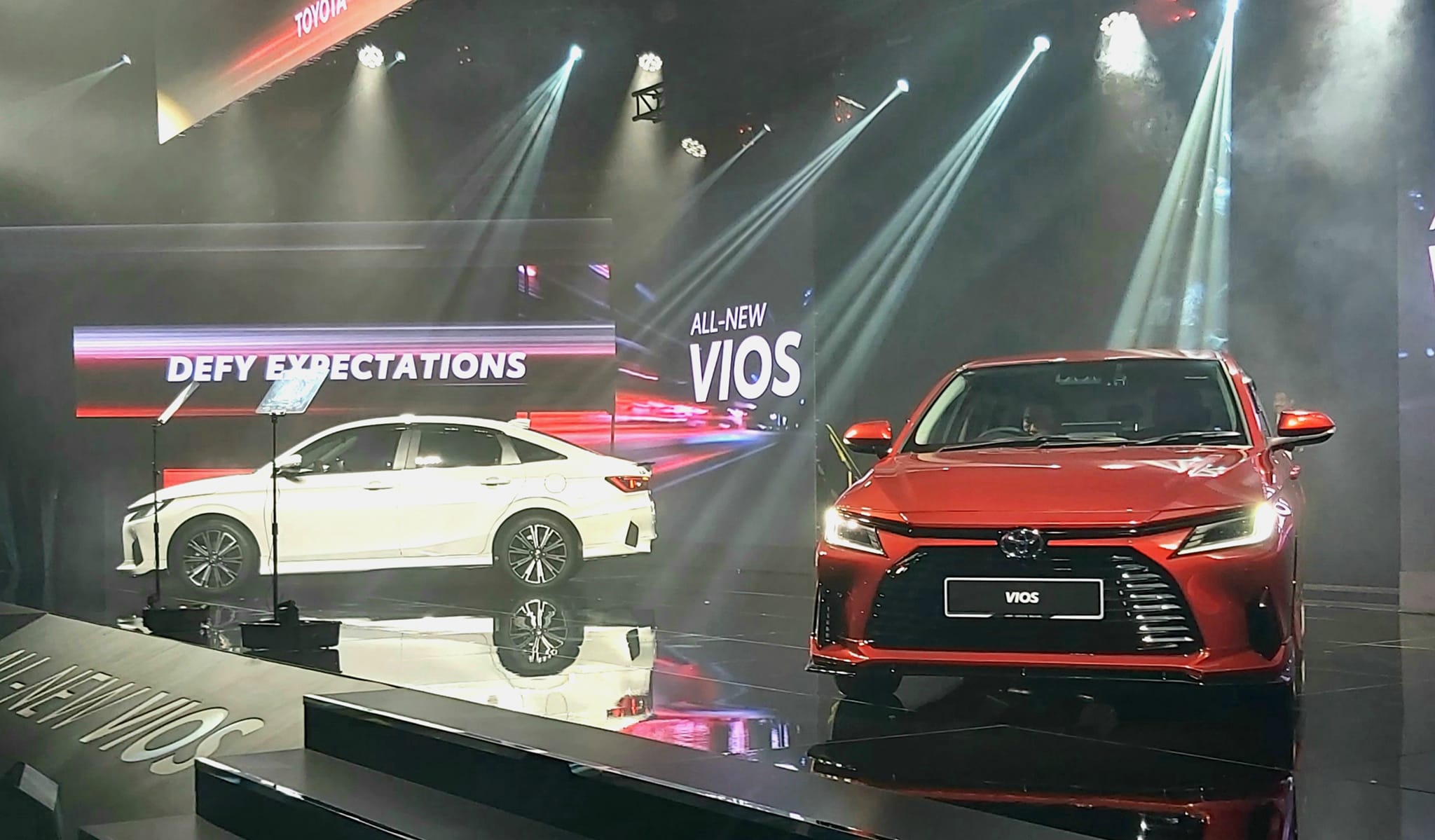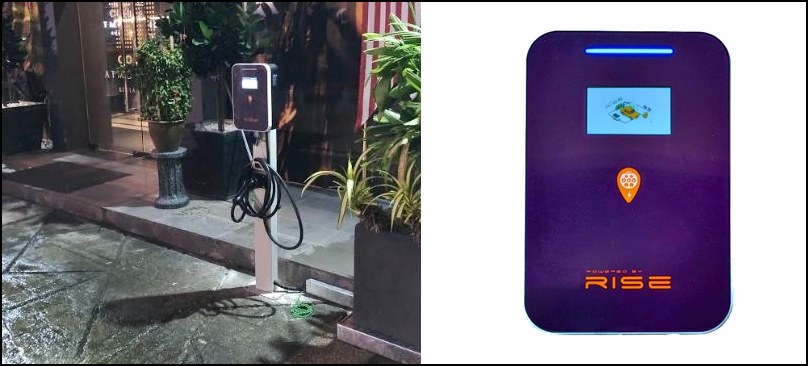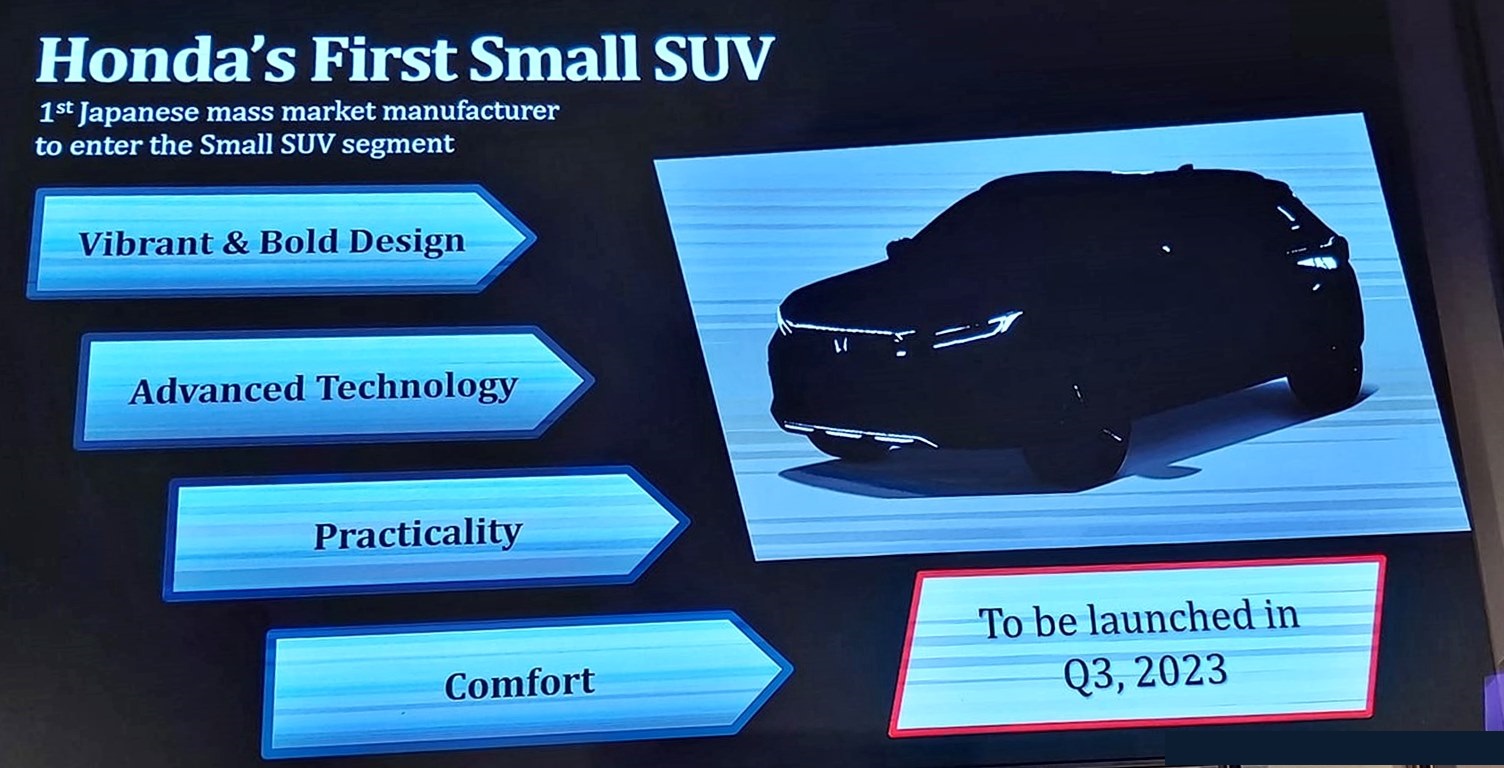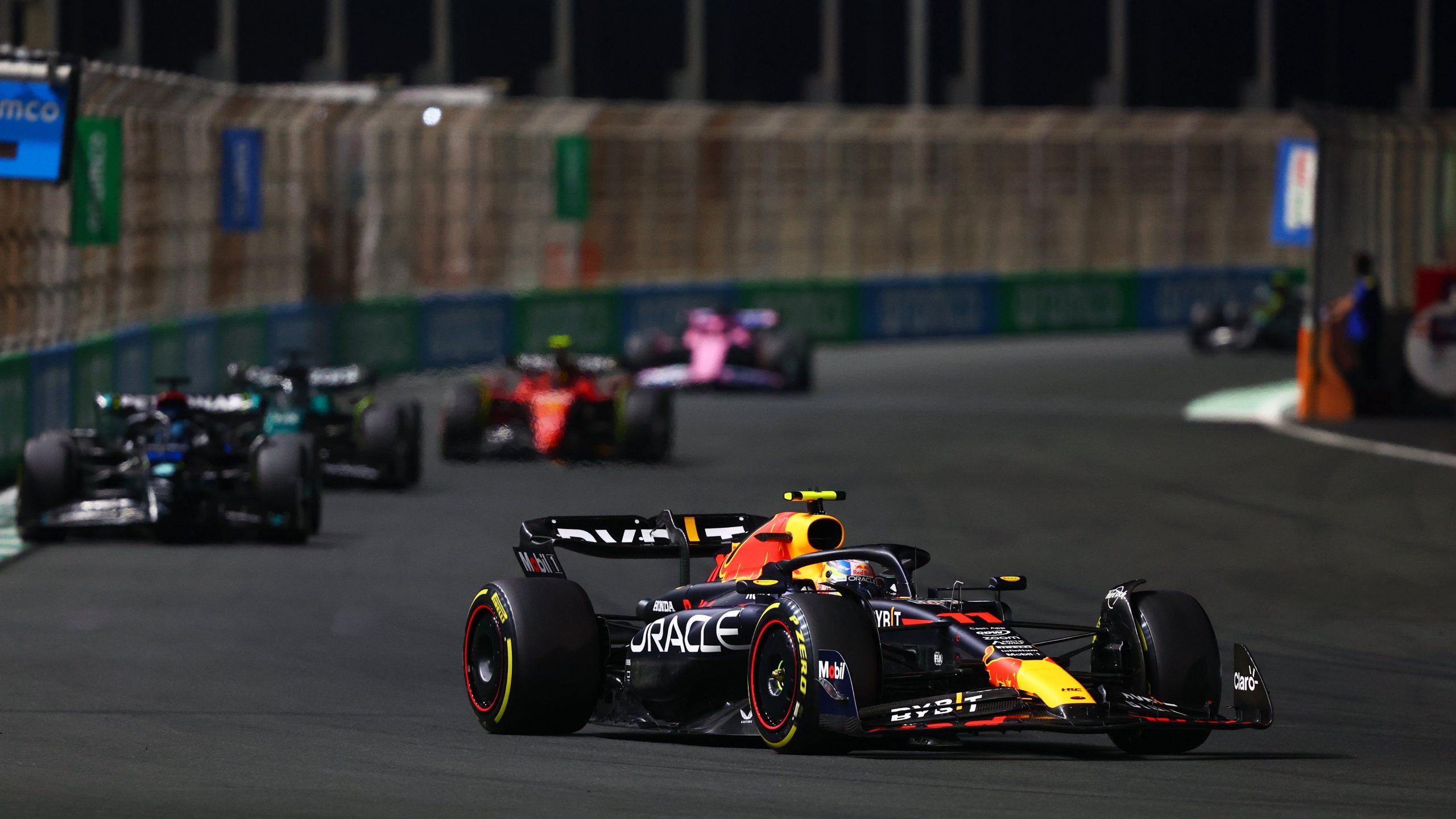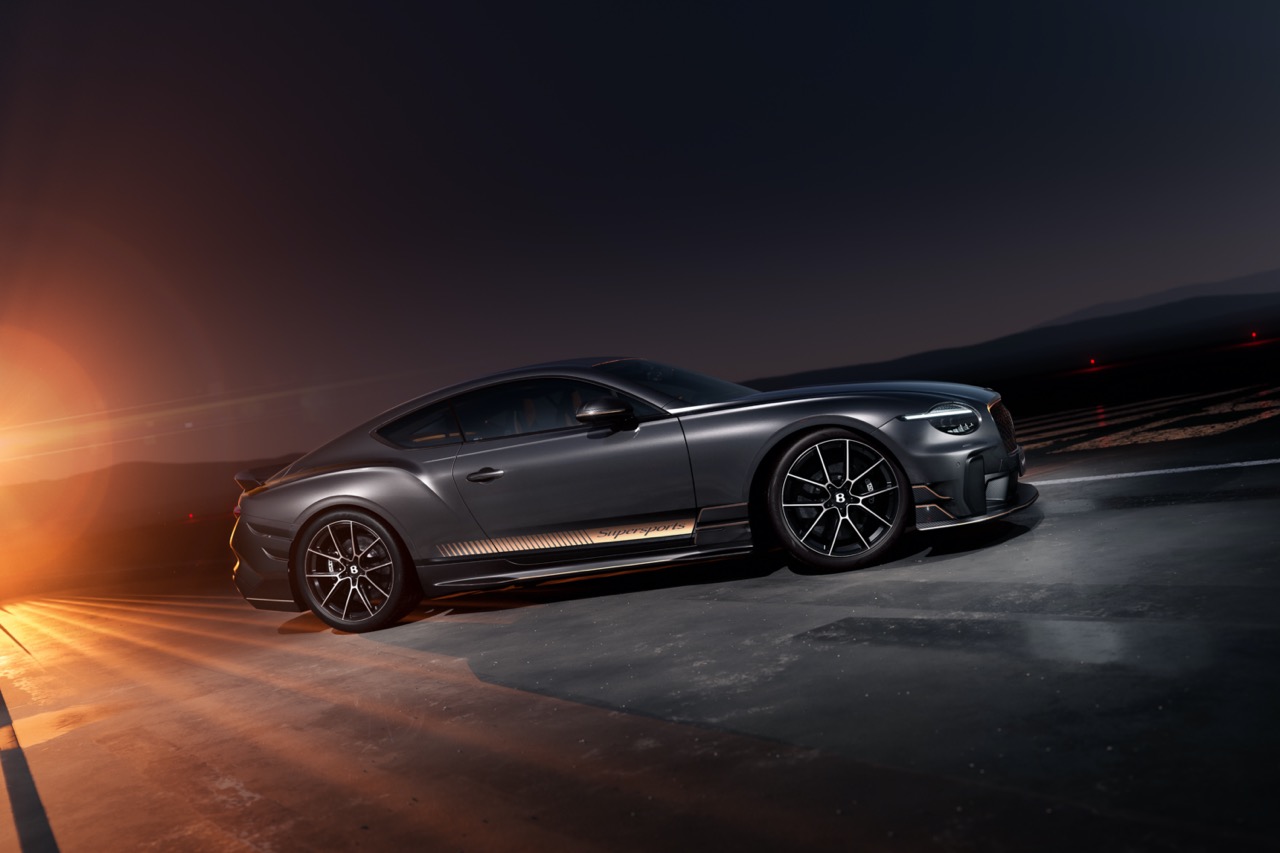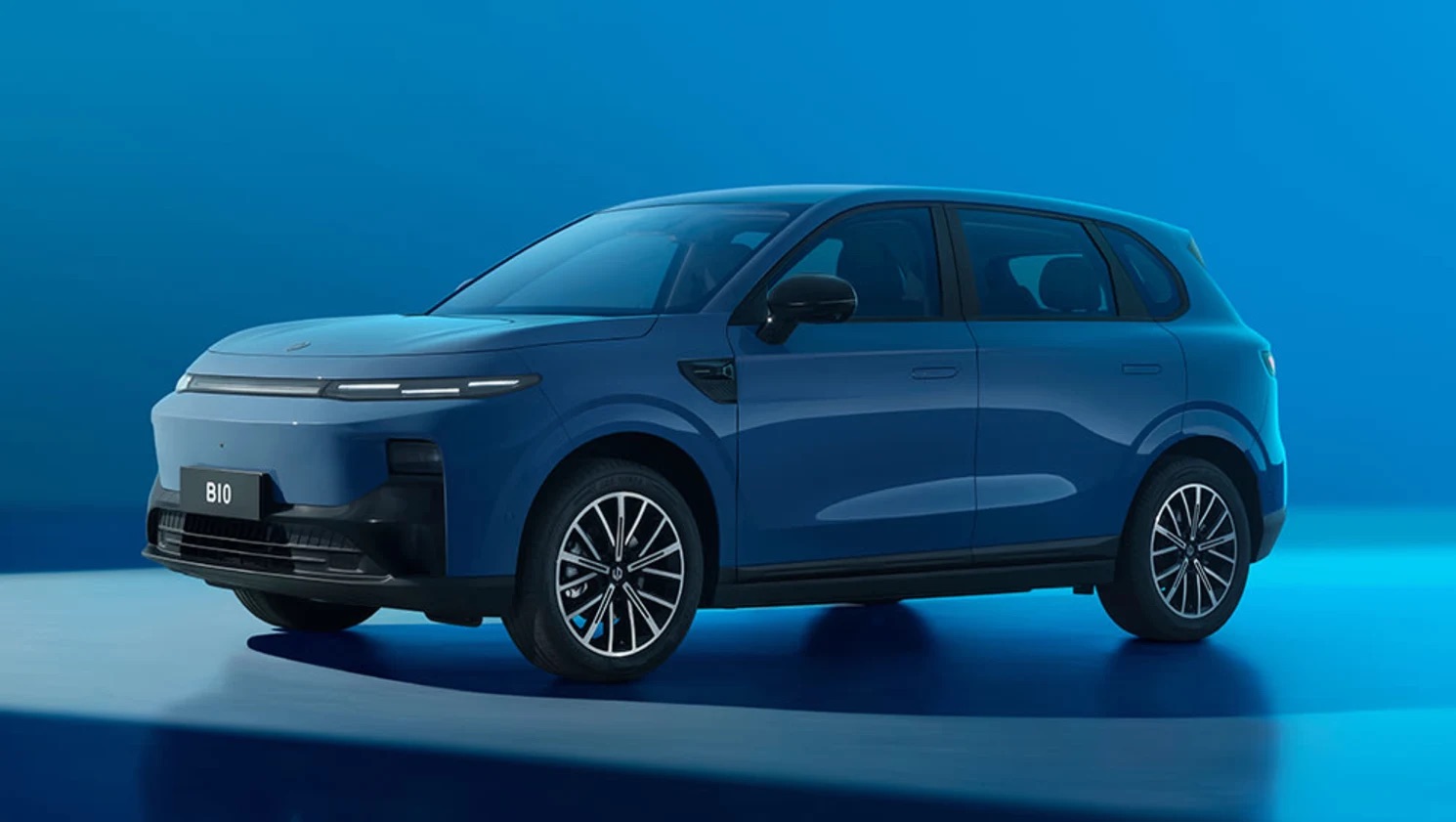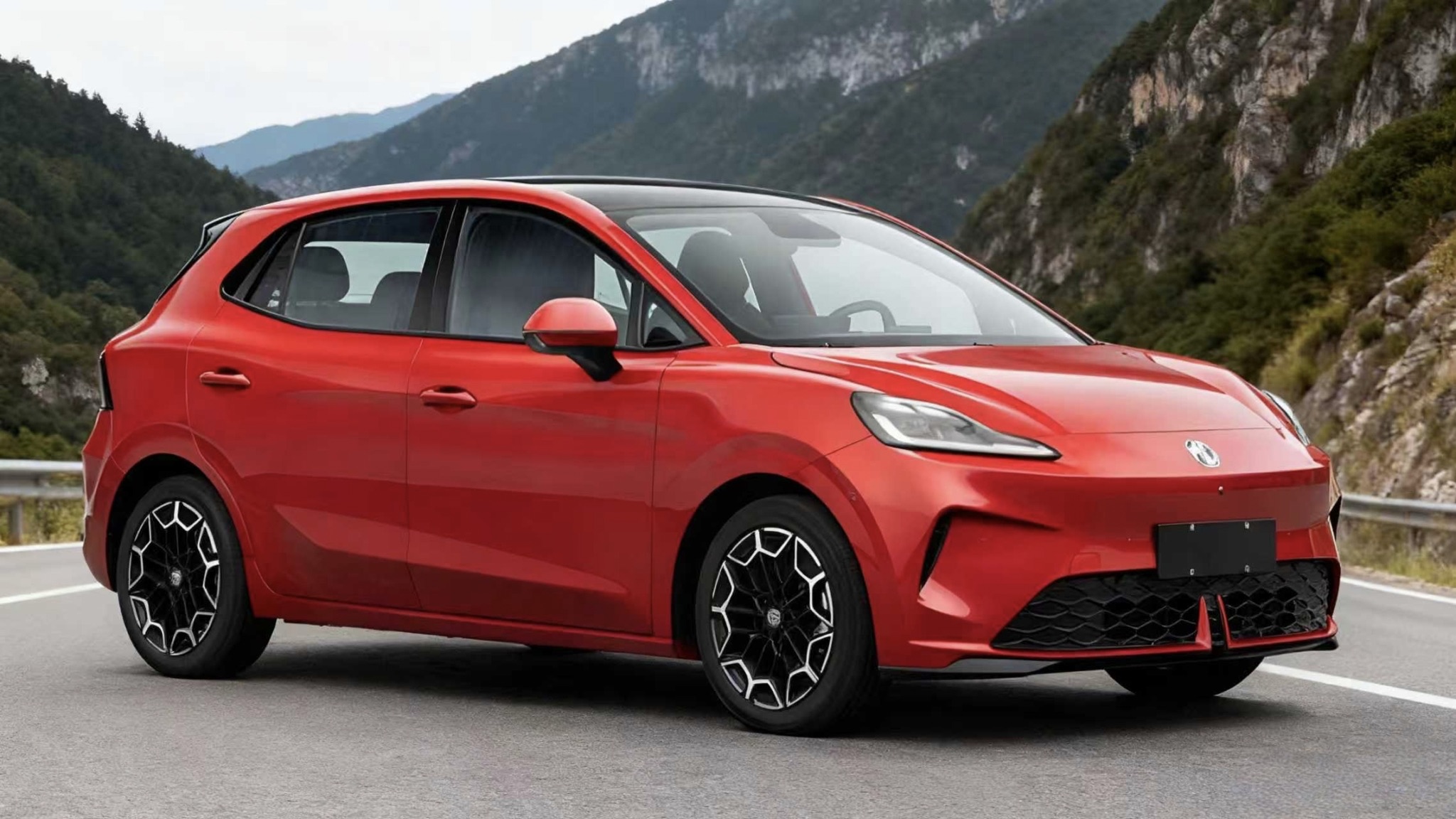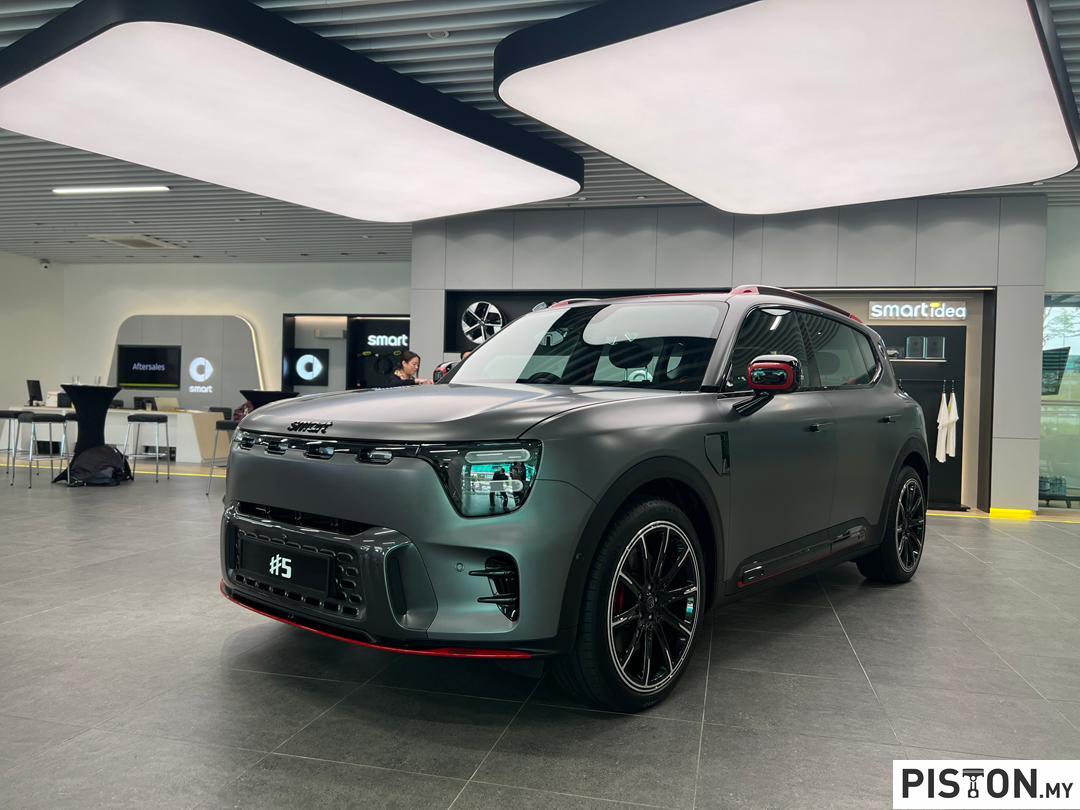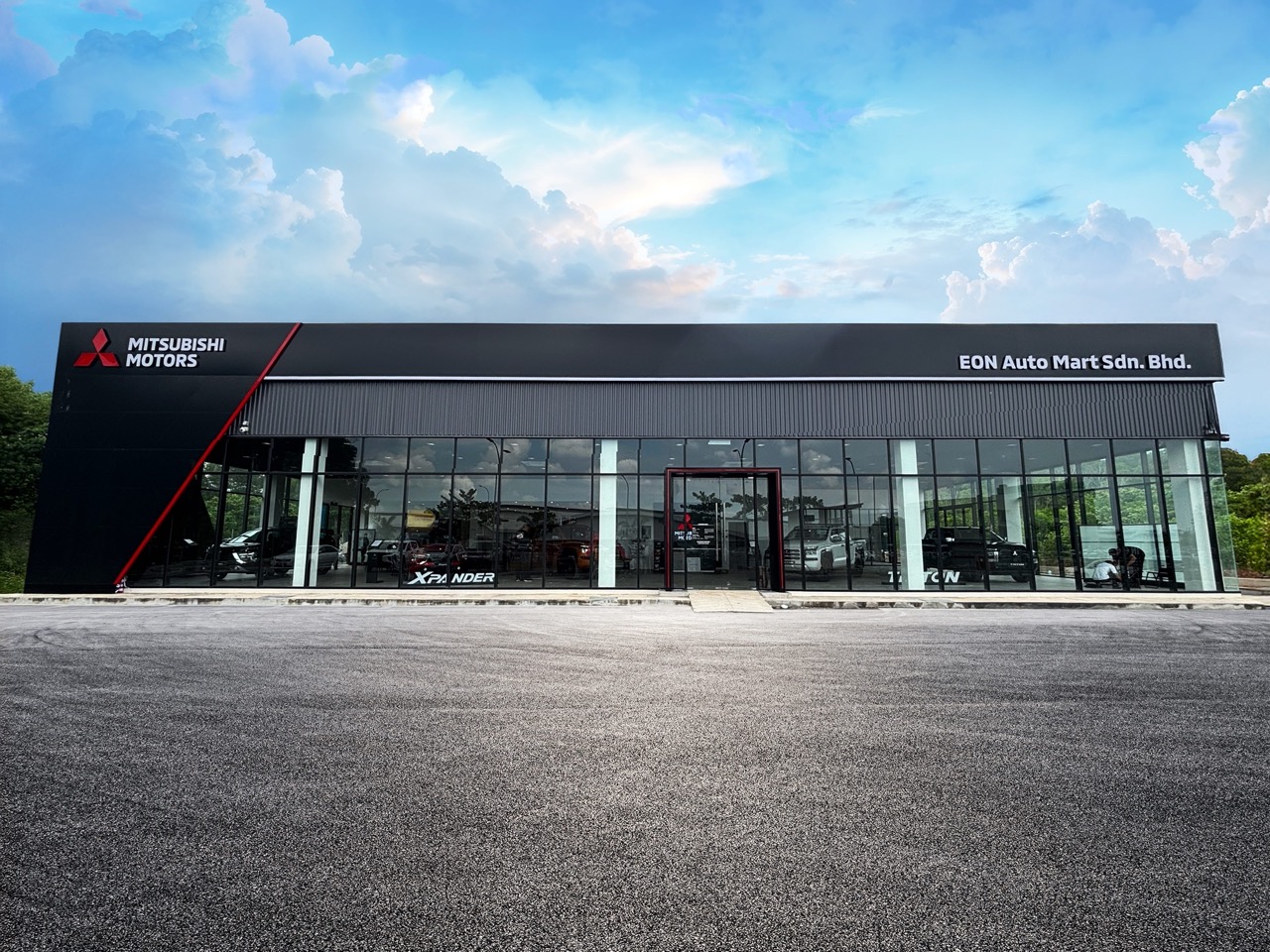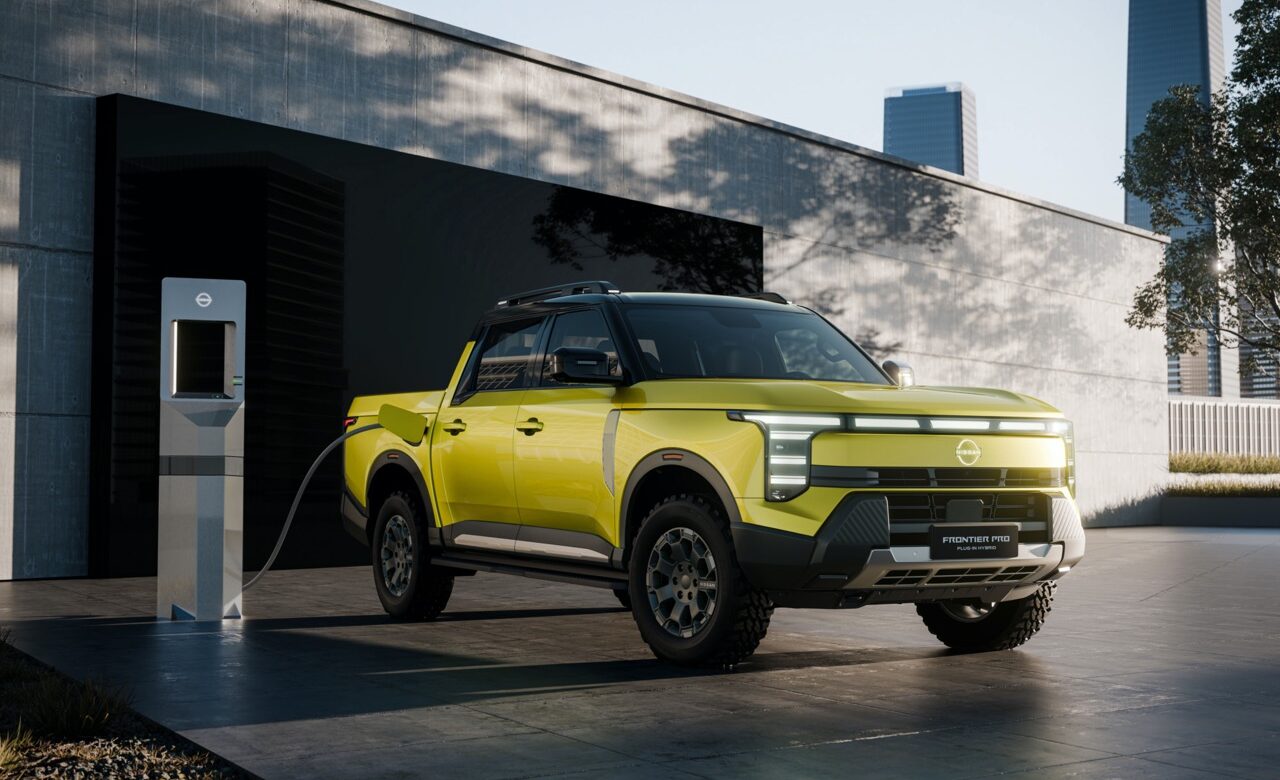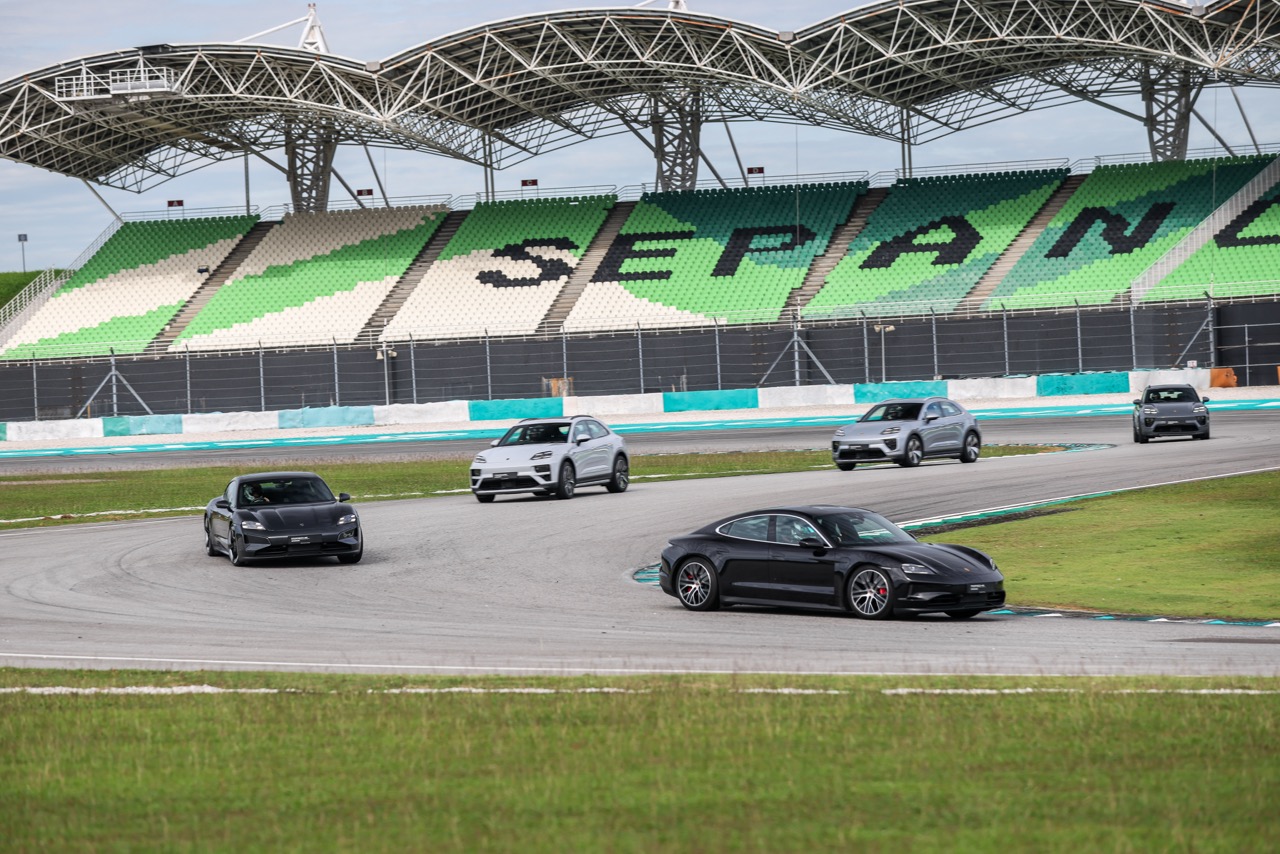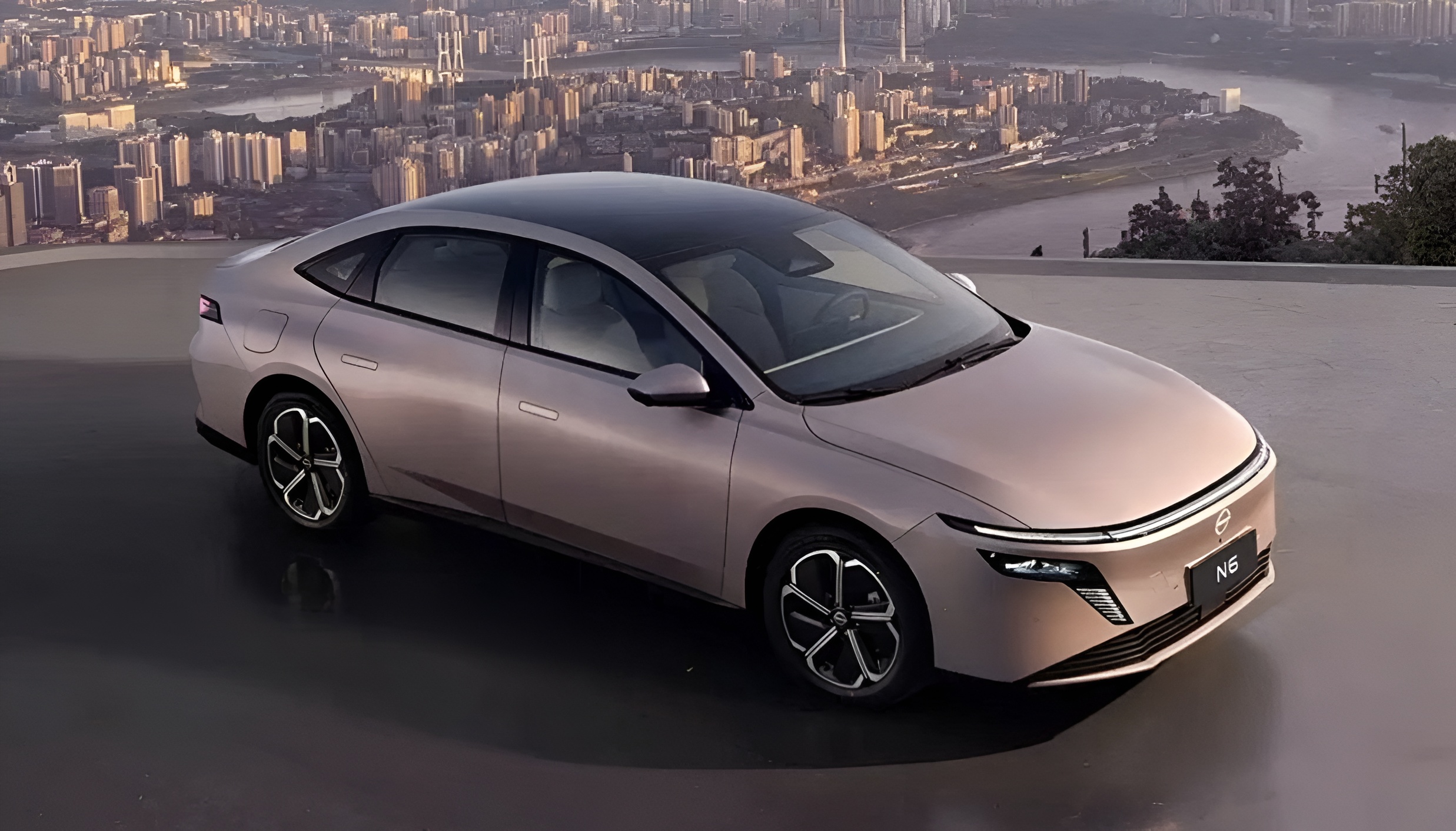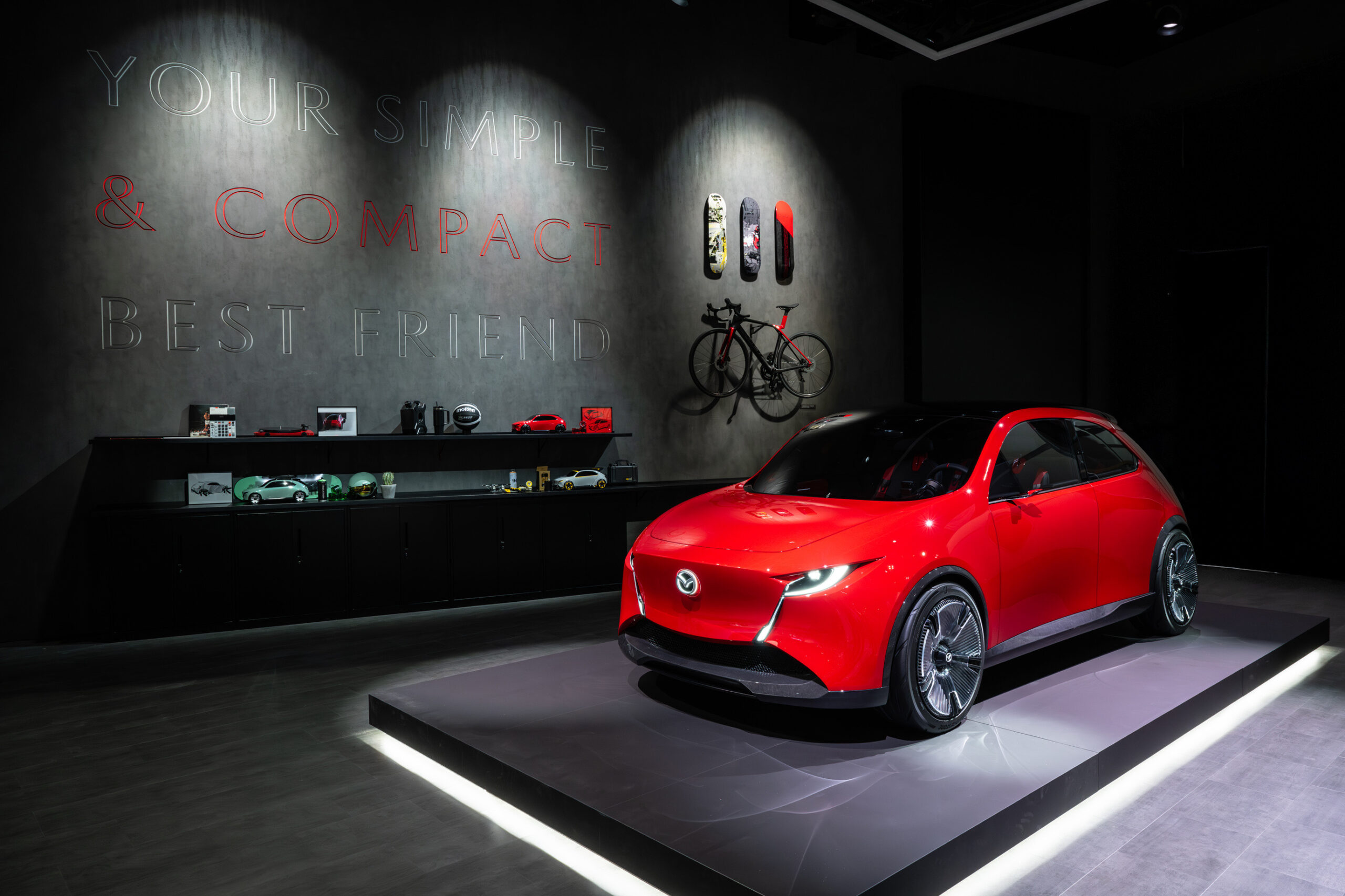Leading automotive lubricant company Castrol once again hosts their Castrol Hari Mekanik. Celebrated annually in March, this is the fifth time the event is held and this year, it has the theme “Celebrating Malaysian Mechanics”.
The theme was curated as an initiative to show appreciation and raise awareness towards the unsung heroes of automobile experts in Malaysia. It kicked off this year with a unique one-of-a-kind video entitled “A World Without Mechanics” and was showcased on social media platforms, YouTube and Facebook.
(more…)


